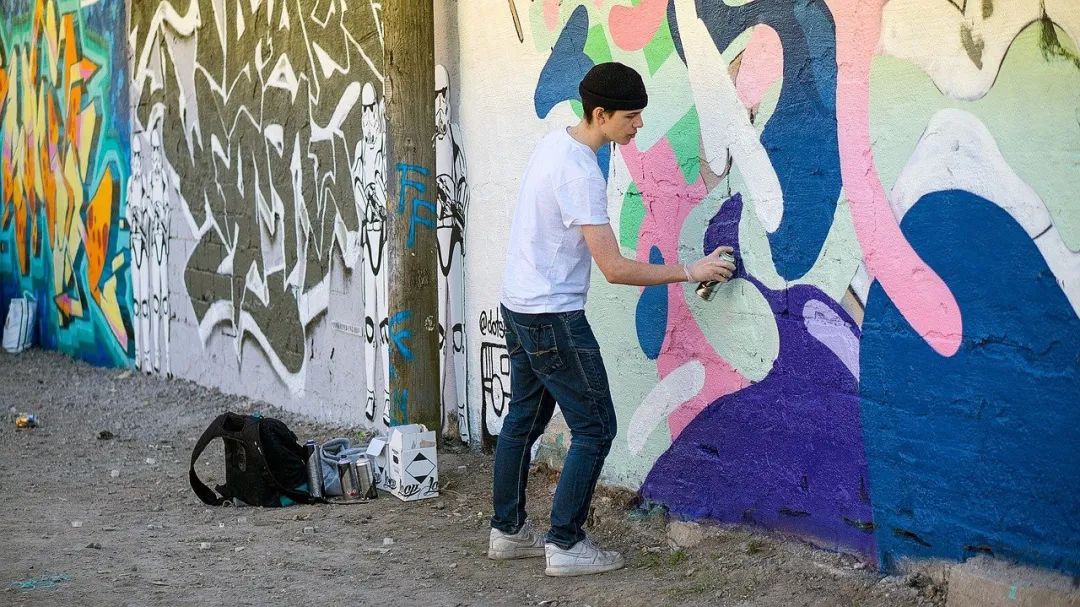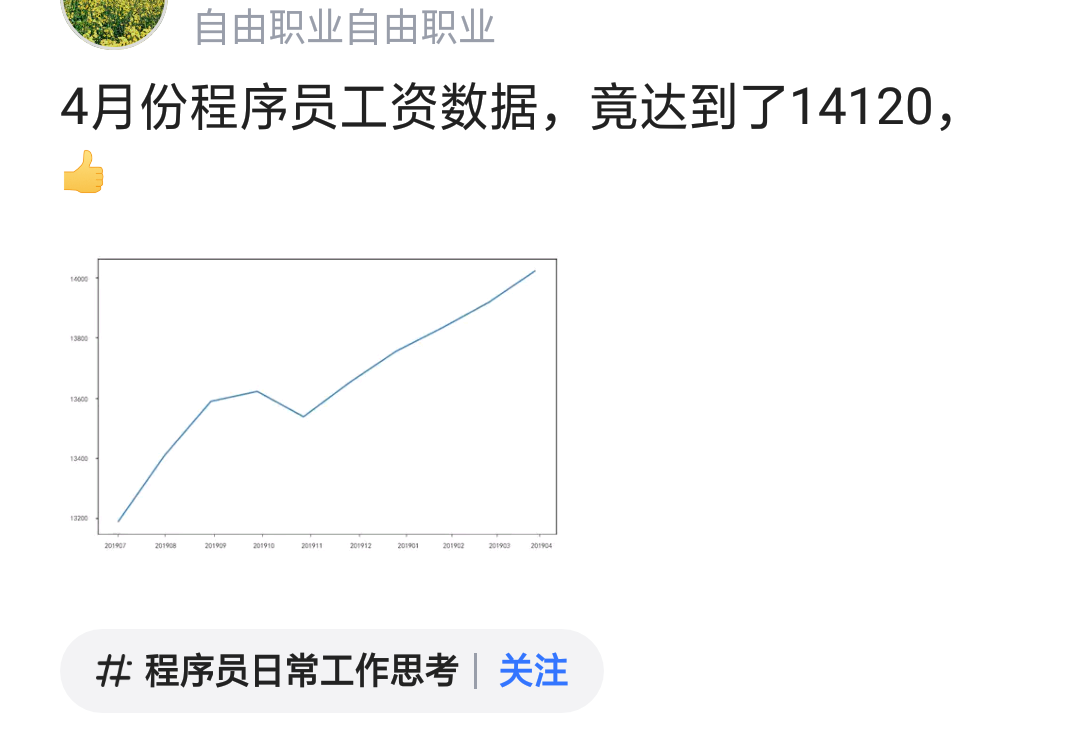您好我想使用Android中4.文档介绍了HttpResponseCache有关如何安装缓存也要讲清楚,但我就如何我用的是DiskLruCache对其进行缓存缓存来自net.Earlier下载的图片完全丧失。 会有人点我驶向何方HttpResponseCache已经使用的工作代码一些例子..
编辑: - 谁能告诉我什么,我做错了什么: -
MainActivity.java
public void onCreate(Bundle savedInstanceState) {
super.onCreate(savedInstanceState);
setContentView(R.layout.activity_main);
final long httpCacheSize = 10 * 1024 * 1024; // 10 MiB
final File httpCacheDir = new File(getCacheDir(), "http");
try {
Class.forName("android.net.http.HttpResponseCache")
.getMethod("install", File.class, long.class)
.invoke(null, httpCacheDir, httpCacheSize);
Log.v(TAG,"cache set up");
} catch (Exception httpResponseCacheNotAvailable) {
Log.v(TAG, "android.net.http.HttpResponseCache not available, probably because we're running on a pre-ICS version of Android. Using com.integralblue.httpresponsecache.HttpHttpResponseCache.");
try{
com.integralblue.httpresponsecache.HttpResponseCache.install(httpCacheDir, httpCacheSize);
}catch(Exception e){
Log.v(TAG, "Failed to set up com.integralblue.httpresponsecache.HttpResponseCache");
}
}
TheMainListFrag gf=(TheMainListFrag) getSupportFragmentManager().findFragmentByTag("thelistfrags");
if(gf==null){
gf=TheMainListFrag.newInstance();
FragmentTransaction ft=getSupportFragmentManager().beginTransaction();
ft.replace(R.id.thelefty, gf,"thelistfrags");
ft.commit();
}
}
然后在TheMainListFrag的装载机,我做了如下: -
public ArrayList<HashMap<String,String>> loadInBackground() {
String datafromServer = null;
ArrayList<HashMap<String,String>> al = new ArrayList<HashMap<String,String>>();
try {
String url = "someurl";
HttpURLConnection urlConnection = (HttpURLConnection) new URL(url).openConnection();
urlConnection.setRequestProperty("Accept", "application/json");
InputStream is = new BufferedInputStream(urlConnection.getInputStream());
BufferedReader br = new BufferedReader(new InputStreamReader(is));
StringBuilder sb = new StringBuilder();
String line = null;
while ((line = br.readLine()) != null) {
sb.append(line);
}
datafromServer=sb.toString();
Log.v("fromthread",datafromServer);
// etc
//etc
} catch (MalformedURLException e) {
// TODO Auto-generated catch block
e.printStackTrace();
} catch (IOException e) {
// TODO Auto-generated catch block
e.printStackTrace();
} catch (Exception e) {
Log.v("fromthread", e.getClass() + "--" + e.getMessage());
}
return al;
}
当我连接到互联网,它工作正常,并在上面指定的目录HTTP的缓存目录,我可以看到太多的文件。 但是,当我没有连接到互联网,数据拒绝加载。
当我从网上加载图像,我看到名为.TMP的缓存文件,我相信这些称为脏每DiskLruCache。
请让我知道,如果有任何其他的信息,你要我提供




